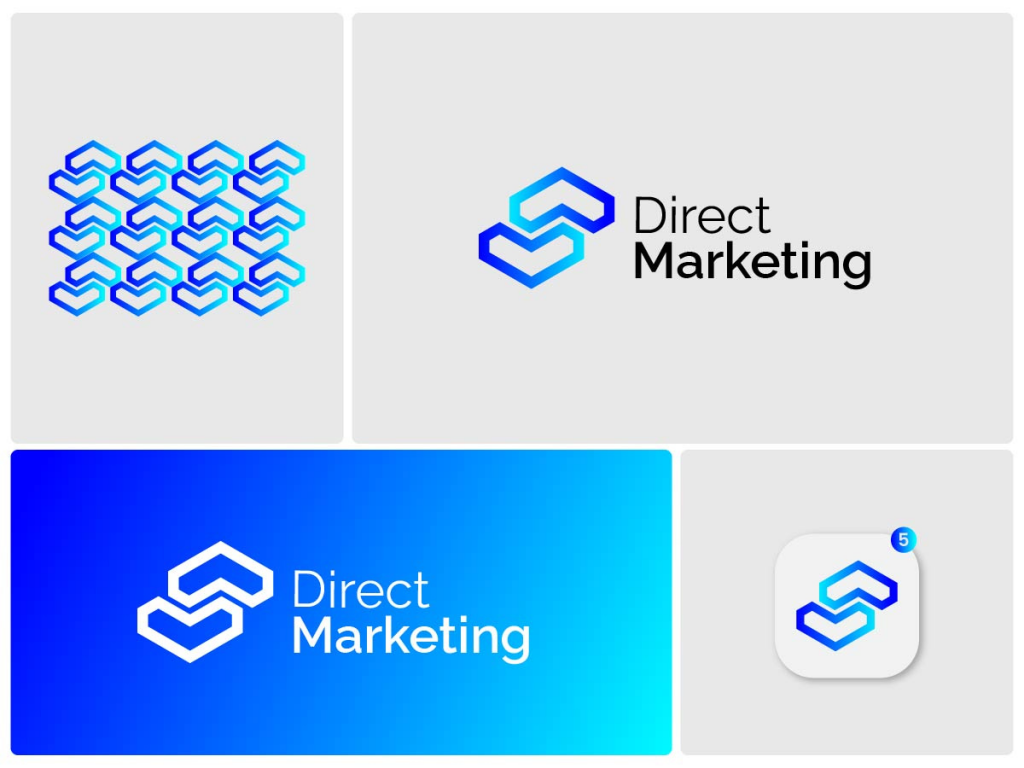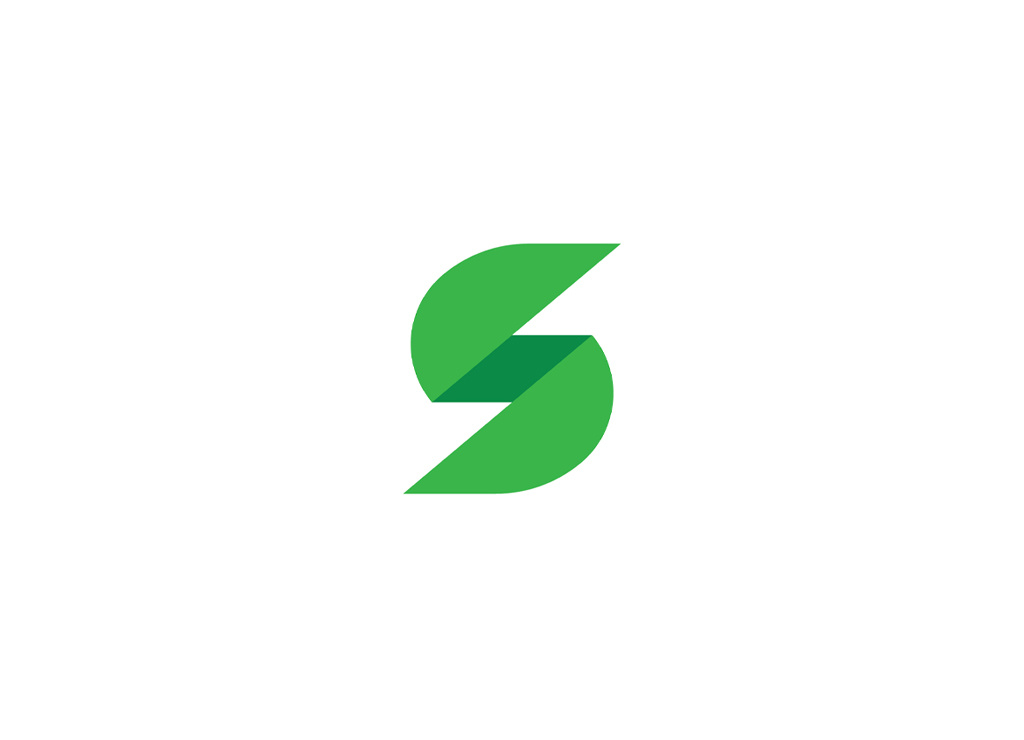The shape of a logo is a fundamental aspect that can profoundly influence perception and brand recognition. It’s not merely about aesthetics; the form your logo takes can communicate your brand’s personality, values, and even its future direction. With the advent of AI-powered logo generators, selecting a precise shape for your logo has become an accessible venture for brands of all sizes. This article offers a strategic blueprint for choosing the ideal shape for your logo within a brand logo generator environment, ensuring it resonates with your brand essence and appeals to your target audience.
The Significance of Logo Shapes
Logo shapes are not chosen at random. Each form, from circles and squares to triangles and organic shapes, carries specific psychological implications and industry associations. For example, circles are often associated with unity and harmony, generation them popular among brands that wish to convey inclusivity. Squares and rectangles, with their straight lines and angles, suggest stability and reliability, ideal for professional and financial services. Understanding these nuances is crucial in selecting a shape that aligns with your brand messaging.
Identifying Your Brand’s Core Attributes
The journey to selecting the right logo shape starts with a deep dive into your brand’s core attributes. What are the foundational values and personality traits you wish to communicate through your brand? Are you aiming for a perception of innovation and agility, or more towards tradition and stability? This introspection will guide your shape selection, ensuring it mirrors your brand’s ethos.
Analyzing Your Industry and Competitors
Industry norms and competitor analyses can provide valuable insights when choosing your logo shape. Certain shapes may be prevalent in your industry, offering instant recognition and association. However, there’s also merit in breaking the mold to stand out. Assessing your competitors’ logo shapes can spark ideas on how to differentiate your brand while still communicating your sector’s key characteristics. You can take the help of professional brand solutions here to navigate through these analyses easily.
Exploring Shapes in Logo generators
Modern logo generators are equipped with vast libraries of shapes and the ability to customize them to fit your brand’s unique requirements. They categorize shapes by their psychological impact and industry association, generation it easier to navigate through options. Use these tools to experiment with different shapes, considering how each one might embody your brand’s personality and values.
Considering Versatility and Scalability

A logo’s shape must be versatile and scalable, able to maintain its integrity across various mediums, from digital platforms to print materials. Simple shapes with clean lines tend to be more flexible and recognizable, even when resized. In the logo generator, preview your chosen shape in multiple formats and sizes to ensure it remains effective and identifiable.
Incorporating Color and Typography
While selecting your logo’s shape is paramount, integrating it with the right color scheme and typography is equally important. The shape, color, and font should work in harmony to convey your brand’s message. Utilize the logo generators customization features to test different combinations, ensuring that the overall design aligns with your brand identity.
Seeking Feedback and Refinement
Once you’ve narrowed down your options, seeking feedback from stakeholders, potential customers, or design professionals can provide new perspectives. Use their insights to refine your choice, ensuring the shape resonates well with your intended audience and accurately represents your brand.
Final Thoughts
Choosing the perfect shape for your logo is a strategic decision that influences how your brand is perceived and remembered. By leveraging the capabilities of AI-powered logo generators and following a thoughtful selection process, you can ensure your logo’s shape effectively communicates your brand’s essence and appeals to your target audience. Remember, a well-designed logo shape is more than just an aesthetic choice; it’s a foundational element of your brand’s identity and a crucial tool for building recognition and trust among your audience.

